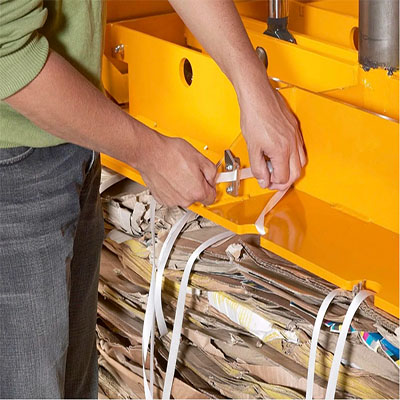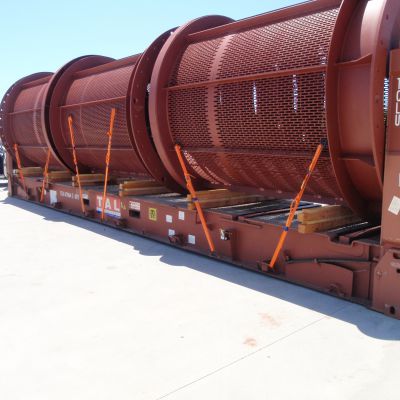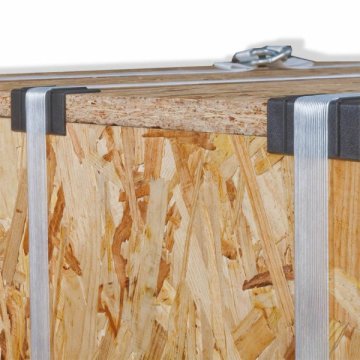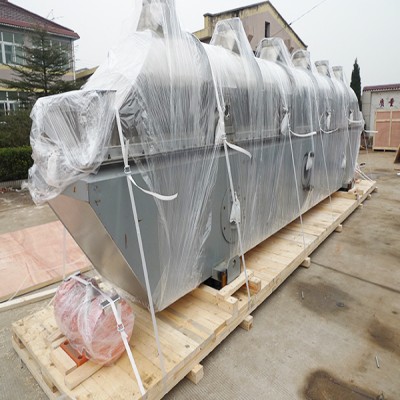Hotmelt Strapping Application in Scrap Packaging
Hotmelt strapping is a versatile and efficient packaging solution that has gained significant popularity in recent years, especially in the scrap industry. This innovative packaging method uses a hotmelt adhesive to bind various materials, including metals, plastics, and paper products, into a strong and secure package. Hotmelt strapping offers numerous advantages over traditional packaging methods, such as increased load stability, reduced damage during transport, and improved sustainability. In this article, we will explore the various applications of hotmelt strapping in scrap packaging, its benefits, and the future outlook of this innovative technology.

**Applications of Hotmelt Strapping in Scrap Packaging**
Hotmelt strapping is widely used in the scrap industry for packaging a wide range of materials, including:
1. Metals: Hotmelt strapping is commonly used to bundle and secure metal scraps, such as aluminum, copper, and steel. The adhesive properties of the hotmelt strapping ensure that the metal scraps remain tightly bound during transport, reducing the risk of damage and loss.
2. Plastics: Hotmelt strapping is also used to package plastic scrap, such as PET bottles, HDPE, and LDPE. The adhesive properties of the hotmelt strapping allow for secure binding of the plastic scraps, reducing the risk of contamination and increasing the overall efficiency of the packaging process.
3. Paper Products: Hotmelt strapping is an ideal packaging solution for paper scrap, such as cardboard, newspapers, and magazines. The adhesive properties of the hotmelt strapping ensure that the paper scraps remain securely bound during transport, reducing the risk of damage and loss.

**Benefits of Hotmelt Strapping in Scrap Packaging**
The use of hotmelt strapping in scrap packaging offers numerous benefits, including:
1. Increased Load Stability: Hotmelt strapping provides a strong and secure bond between the packaged materials, ensuring increased load stability during transport. This reduces the risk of damage and loss during transport, ultimately improving the overall efficiency of the supply chain.
2. Reduced Damage: The use of hotmelt strapping significantly reduces the risk of damage to the packaged materials during transport. The adhesive properties of the hotmelt strapping ensure that the materials remain securely bound, reducing the risk of contamination and improving the overall quality of the packaged product.
3. Improved Sustainability: Hotmelt strapping is a sustainable packaging solution, as it can be easily recycled and reused. This reduces the overall environmental impact of the packaging process, making it an attractive option for businesses looking to reduce their carbon footprint.
4. Cost-Effectiveness: Hotmelt strapping is a cost-effective packaging solution, as it requires less material and labor than traditional packaging methods. This ultimately reduces the overall cost of the packaging process, making it an attractive option for businesses looking to reduce their packaging costs.

**Future Outlook of Hotmelt Strapping in Scrap Packaging**
The future of hotmelt strapping in scrap packaging looks promising, as more businesses recognize the numerous benefits of this innovative packaging method. As the demand for sustainable and efficient packaging solutions continues to grow, hotmelt strapping is well-positioned to become the preferred packaging method for scrap materials.
In conclusion, hotmelt strapping is a versatile and efficient packaging solution that offers numerous benefits to the scrap industry, including increased load stability, reduced damage during transport, and improved sustainability. As the demand for sustainable and efficient packaging solutions continues to grow, hotmelt strapping is well-positioned to become the preferred packaging method for scrap materials.
BSTSTRAP
Whatsapp:+86 186 5722 7862
E-mail:claire@bststrap.com



